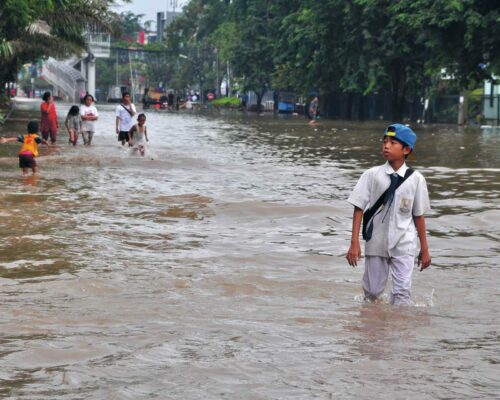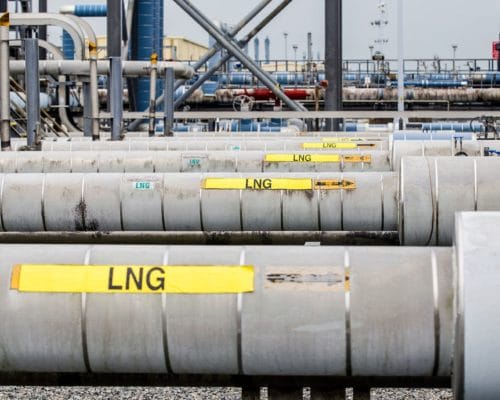Solar Energy in Cambodia: Overcoming Energy System Challenges
Source: UN Development Programme
20 March 2024 – by Eric Koons
Solar energy in Cambodia is becoming an increasingly important part of the country’s long-term energy and climate change mitigation strategy. Solar power in Cambodia currently only makes up around 7% of the country’s energy mix, significantly lagging behind hydropower and non-renewable sources. However, considering the country’s historical energy mix, the existing solar capacity appears positive. As of 2011, Cambodia had no solar power plants, and solar energy was not a part of the country’s energy mix.
Cambodia’s current installed solar capacity is slightly over 400 MW, but the country is targeting 3.1 GW by 2040. This projected growth in solar power production reflects not only ongoing technological advancements but also a growing recognition of Cambodia’s vast solar energy potential. Only a small fraction of the country’s solar energy potential is currently being harnessed, an opportunity for future expansion.
What Is the Solar Power Potential of Cambodia?
Cambodia’s geographical location and climate conditions position it as a solar power hotspot with potential that surpasses many of its regional neighbours. Studies show that the country receives a daily solar irradiance of 5 kWh per square m and an average of eight hours of sunlight daily. Furthermore, the central portion of the country receives the highest rate of solar irradiance at 5.6 kWh per square m. Neighbouring Vietnam gets 4-5 kWh per square m, Thailand receives 4.9 kWh per square m, and Laos gets 3.6-5.5 kWh per square m.
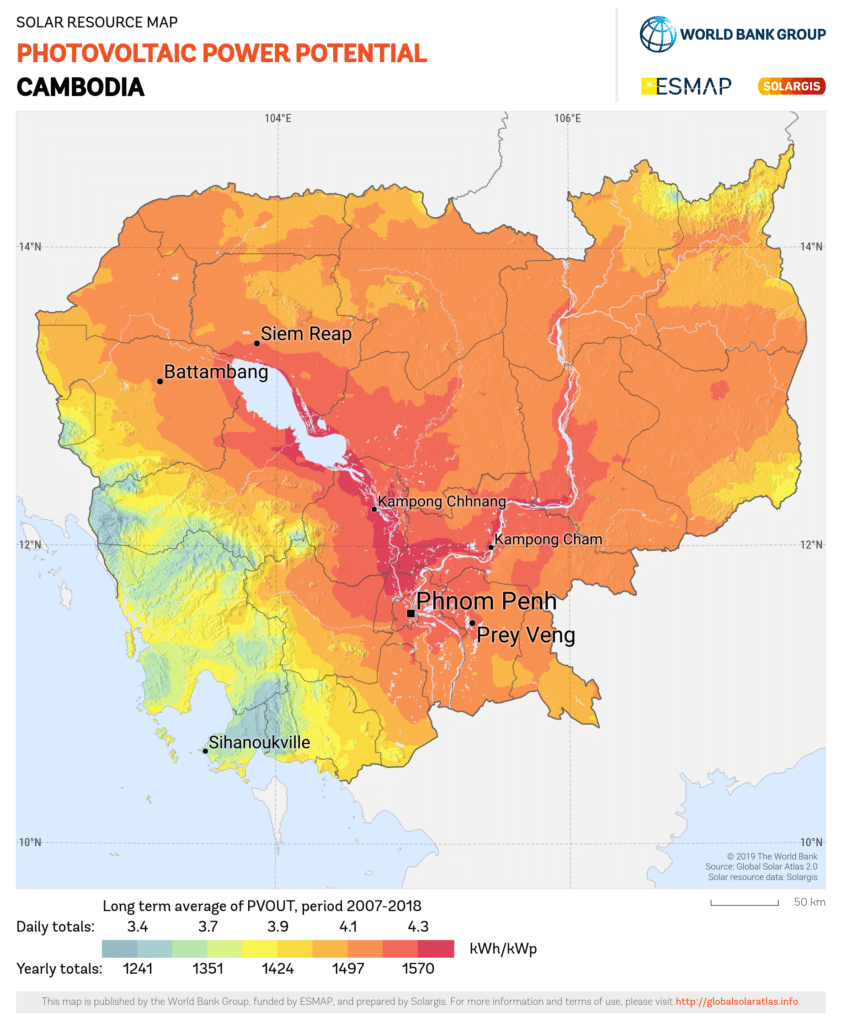
Solar energy in Cambodia is the country’s second most promising clean energy source behind hydropower. Hydropower remains Cambodia’s most developed renewable energy source but also has its own challenges – such as yearly variability due to droughts and floods. In response, the Cambodian government is working to diversify the country’s renewable energy resources, with solar being the primary focus.
How Much Does Solar Energy Cost in Cambodia?
One of the promising traits of solar energy in Cambodia is its cost. The average electricity price for solar power is around USD 0.03 per kW, significantly lower than that of coal, which is USD 7.7 per kW. This price disparity positions solar as a great alternative to existing non-renewable capacity and will play a significant role in incentivising solar growth.
Solar Panels Price in Cambodia
The primary drivers of the low cost of solar energy are solar panels price decline and technological improvements. Since 2010, global solar panel prices have fallen by 60-80%, and solar panel efficiency has increased by 30%. The global average levelised cost of electricity for solar energy is now cheaper than fossil fuel options.
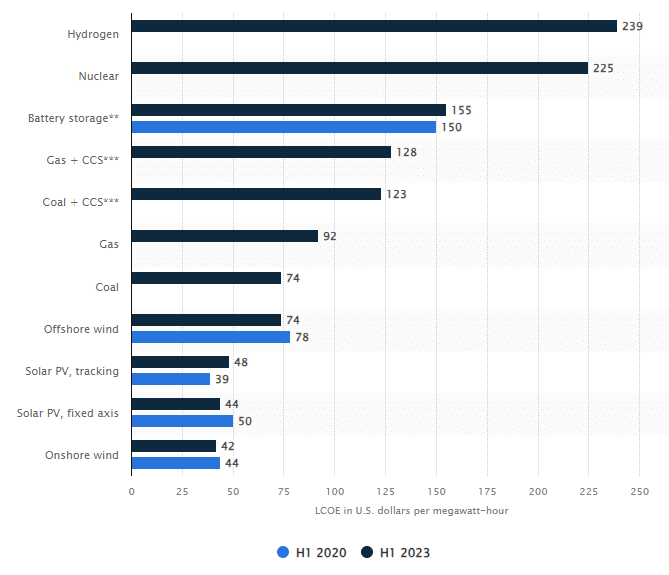
Growth of Solar Power In Cambodia Is Critical for Renewable Energy Sector
Not only does solar energy help Cambodia achieve its 2050 net-zero emissions target, but it will also help the country overcome several major challenges that its current energy system faces. First, the country’s rapid economic and population growth over the past 15 years has significantly increased energy demand. This has led to energy demand exceeding the existing supply. Meanwhile, the robust growth of the solar energy sector can help fill this gap.
Second, the existing energy infrastructure and network in the country are ageing, which leads to unreliable energy access and stability issues. Solar development will increase investment in modernising the existing energy infrastructure. Plus, off-grid solar and micro-grids will help electrify rural regions that often face the largest energy access issues.
Finally, Cambodia’s energy prices are some of the highest in the ASEAN. A combination of poor government policy and expensive energy sources drives this. Solar energy, along with other renewable energy technologies, is a viable, low-cost alternative to help reduce regional energy prices.
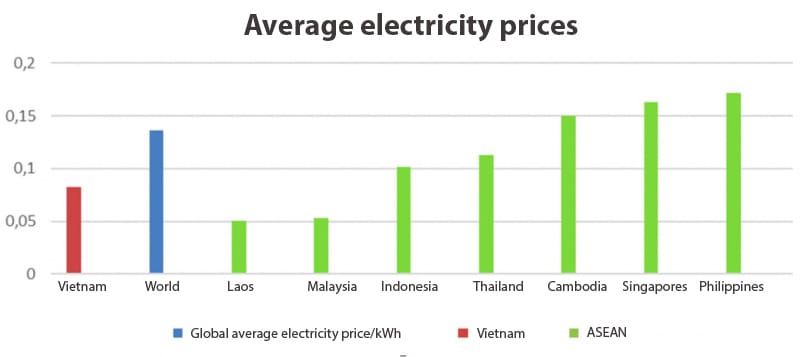
Projected Growth of Solar Energy in Cambodia
With these opportunities in mind, the government has set ambitious targets for expanding solar energy in Cambodia, aiming to inject 2 GW of solar energy into the grid by 2030. This goal is supported by a range of policies designed to facilitate the growth of the solar sector, including incentives for investment and development. Furthermore, Cambodia is actively working to secure outside funding.
Such policies reflect the government’s commitment to making solar energy the fastest-growing power source in the country, with projections indicating an 800% increase over the coming decade.
The combination of Cambodia’s solar energy potential, decreasing costs, and increasing number of supportive government policies presents a promising outlook for the country’s green energy landscape. By capitalising on the opportunities from solar power, Cambodia is poised to meet its energy needs sustainably, paving the way for an environmentally and economically resilient future.
by Eric Koons
Eric is a passionate environmental advocate that believes renewable energy is a key piece in meeting the world’s growing energy demands. He received an environmental science degree from the University of California and has worked to promote environmentally and socially sustainable practices since. Eric’s expertise extends across the environmental field, yet he maintains a strong focus on renewable energy. His work has been featured by leading environmental organizations, such as World Resources Institute and Hitachi ABB Power Grids.
Read more



